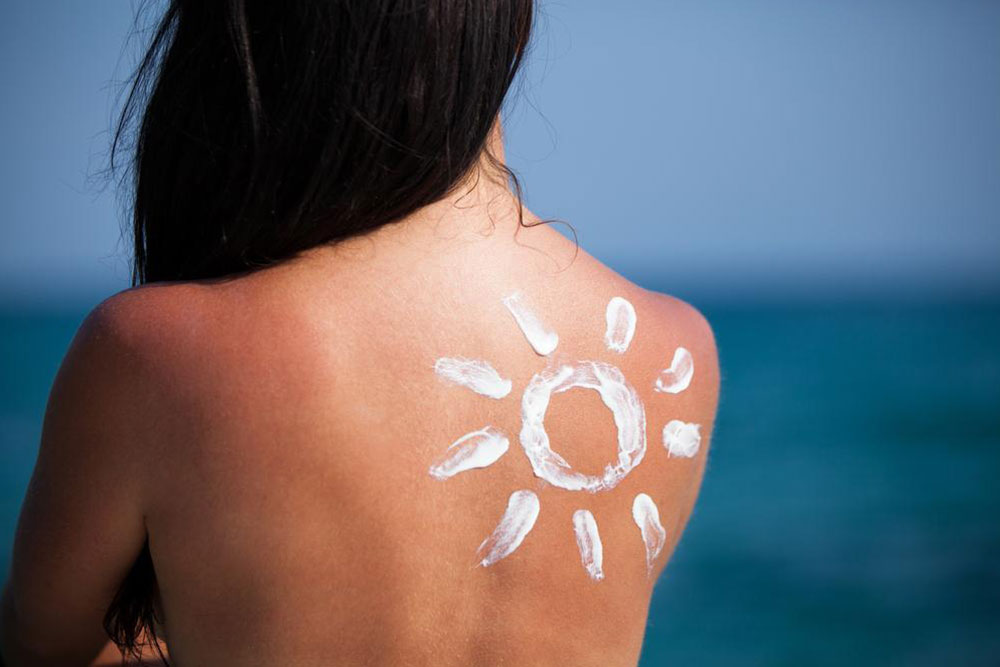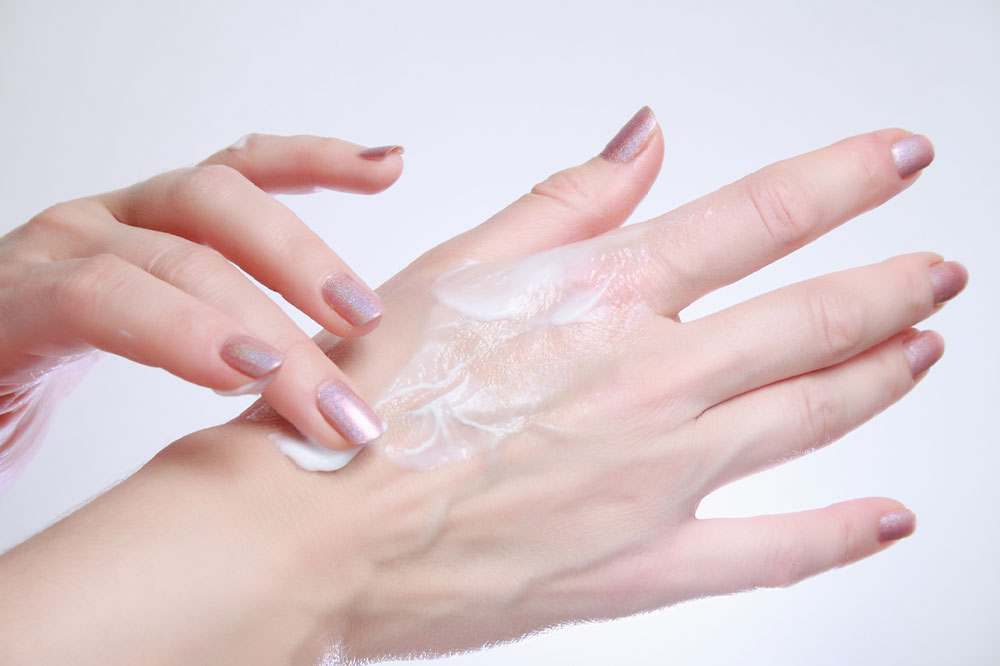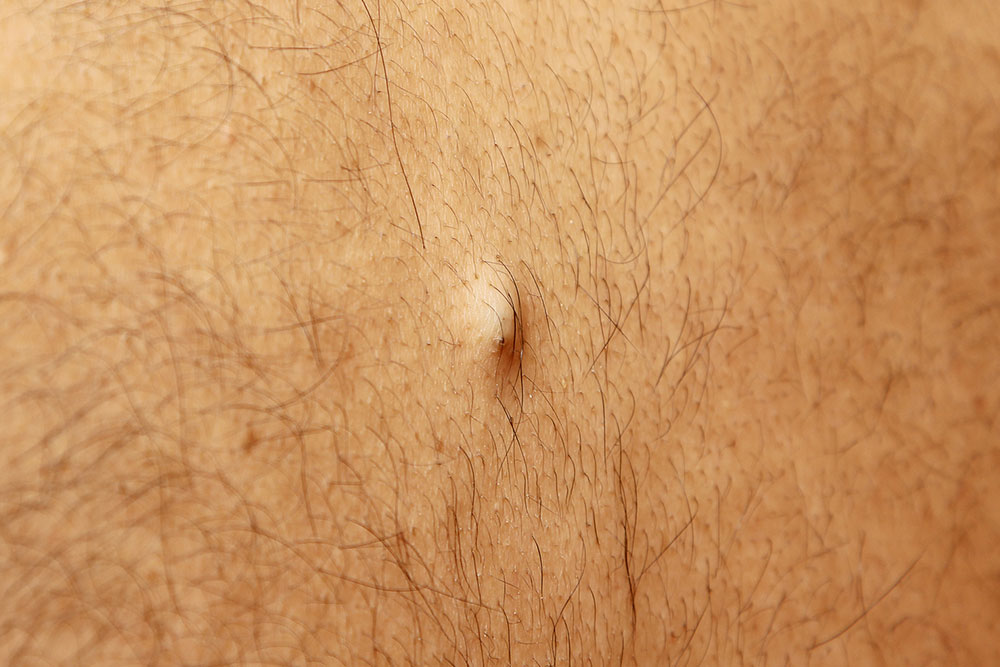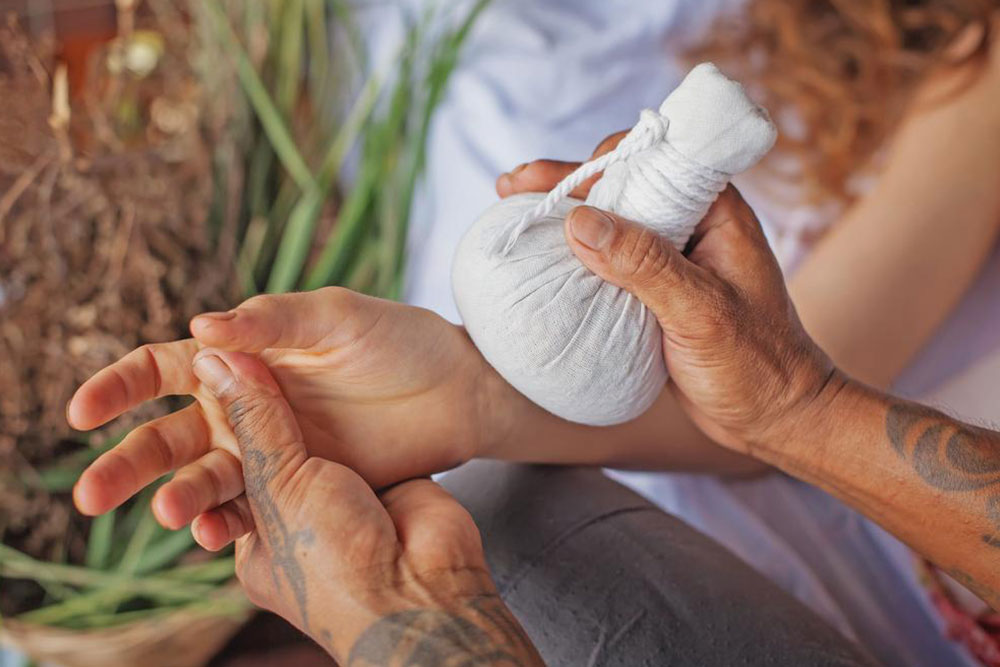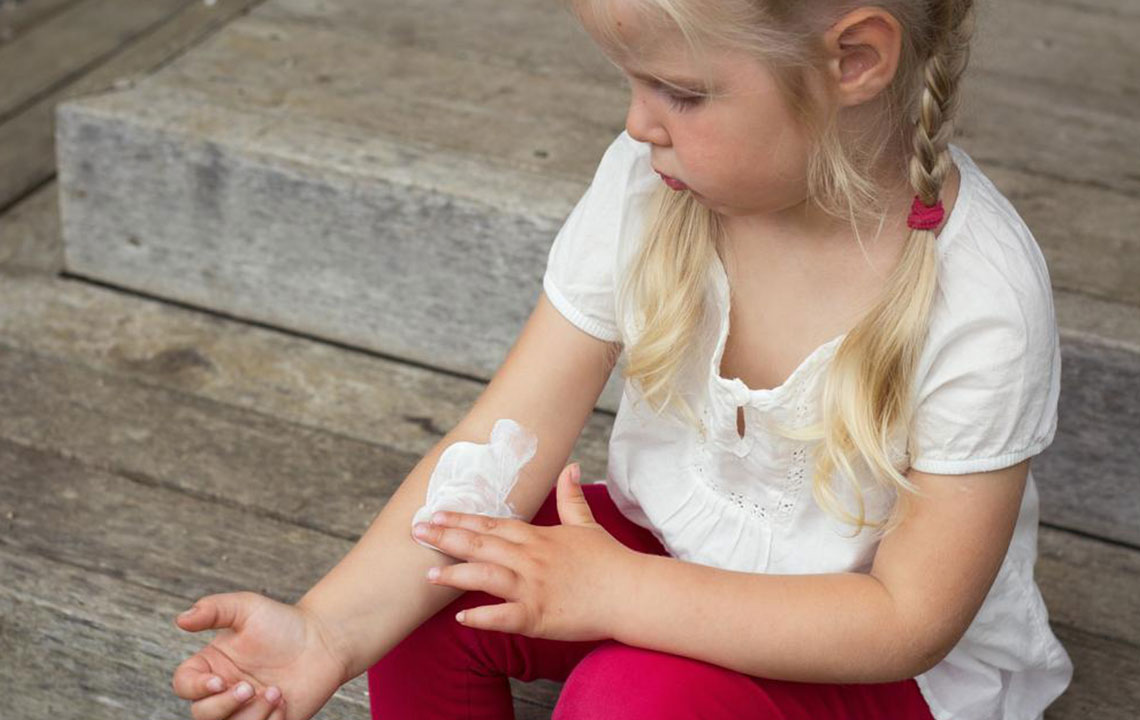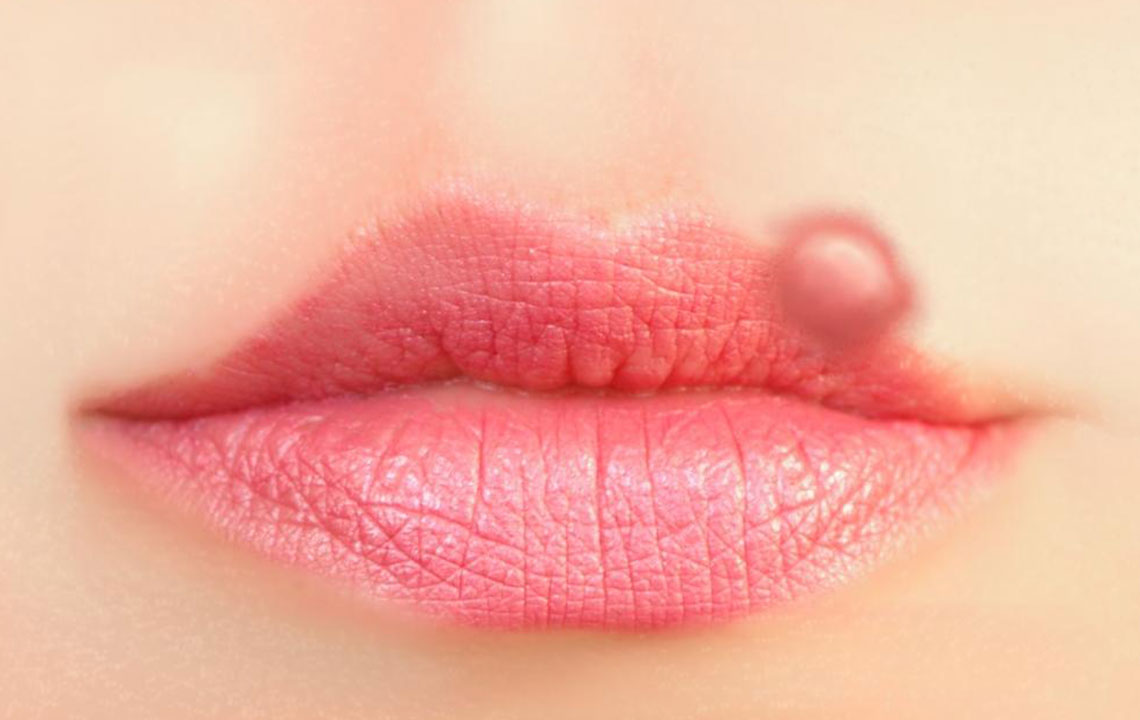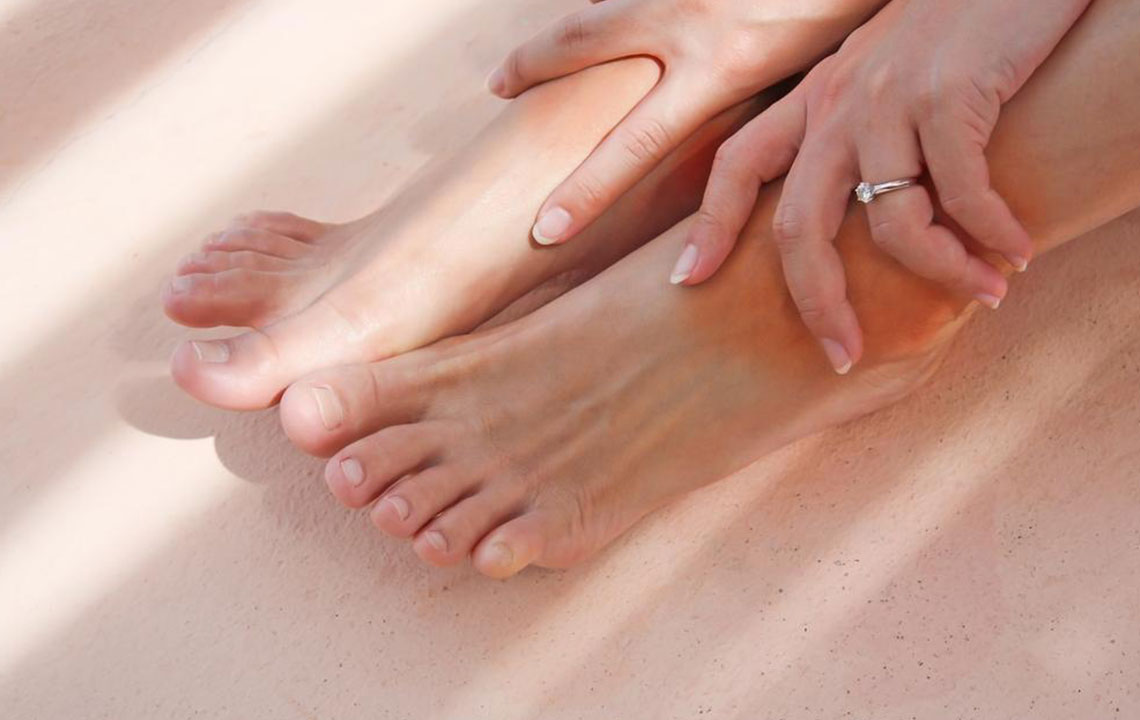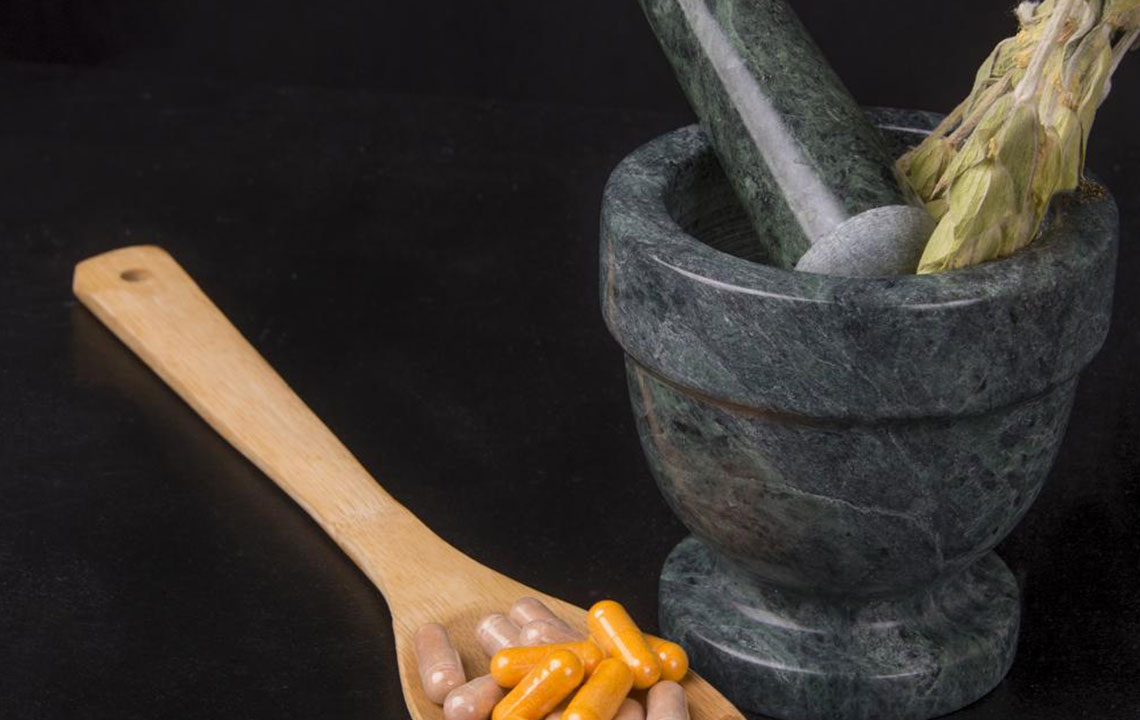Effective Strategies for Recognizing and Managing Skin Rashes
Learn to identify and manage skin rashes effectively with tips on causes, symptoms, and home remedies. Understanding triggers like allergens, medications, or cosmetics can help prevent and treat these skin issues quickly. Early recognition and appropriate care are key to relief and healing.
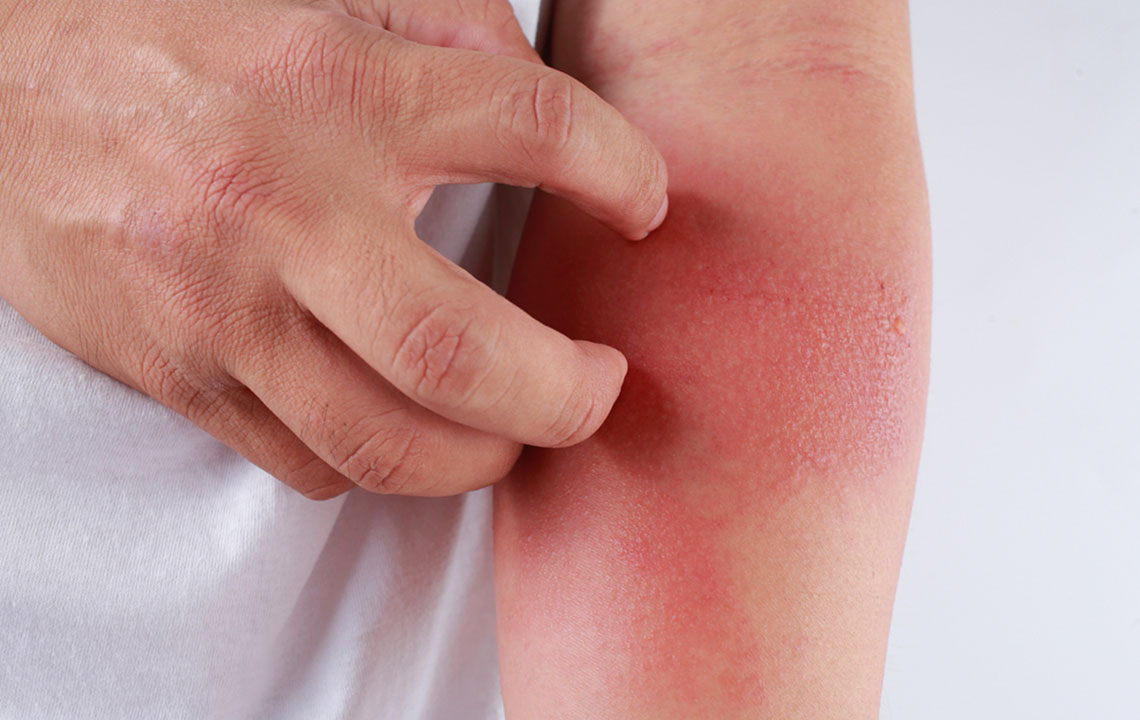
Skin rashes can be irritating, unattractive, and sometimes awkward to deal with. These skin issues may arise from various causes, and identifying the underlying trigger is essential for effective treatment and prevention. Rashes typically present as redness, bumps, scaling, or itching, and paying attention to accompanying symptoms can help narrow down the cause. Common factors linked to rashes include allergies, medications, cosmetic products, and certain medical conditions.
Understanding the origin of your rash enables targeted care. For example, allergic contact dermatitis appears when skin touches an allergen, while drug reactions may cause diverse skin responses. Cosmetics can also provoke reactions, often characterized by dryness and redness. Recognizing these signs early can improve management and comfort.
Typical causes of skin rashes include:
Allergic sensitivities
Medication side effects
Cosmetic reactions
Allergic Dermatitis occurs when skin comes into contact with an allergen. Identifying allergies through testing can help avoid future reactions. Until then, avoid touching the rash and cleanse with warm water and gentle soap. Applying hydrocortisone or using cold compresses can relieve discomfort, especially if blisters develop.
Drug-Induced Rashes result from adverse reactions to medications. These rashes may appear immediately or after some time, varying from mild patches to severe eruptions. Recognizable types include acneiform eruptions, hives, and purple purpura, often linked to specific drugs like antibiotics or anticoagulants.
Cosmetic Allergic Reactions can cause dry, itchy, and red skin after using products like shampoos, perfumes, or makeup. Patch testing before use, choosing products with fewer ingredients, and applying perfumes to clothes rather than skin can reduce risks. Reactions such as contact urticaria, anaphylaxis, and photoallergic dermatitis should prompt immediate medical attention.
For mild rashes, home remedies can offer relief: use lukewarm water baths, gentle soaps, and unscented moisturizers, and avoid scratching or covering the rash. If symptoms persist, consult a healthcare provider for appropriate treatment. Early intervention ensures faster recovery and minimizes discomfort.


